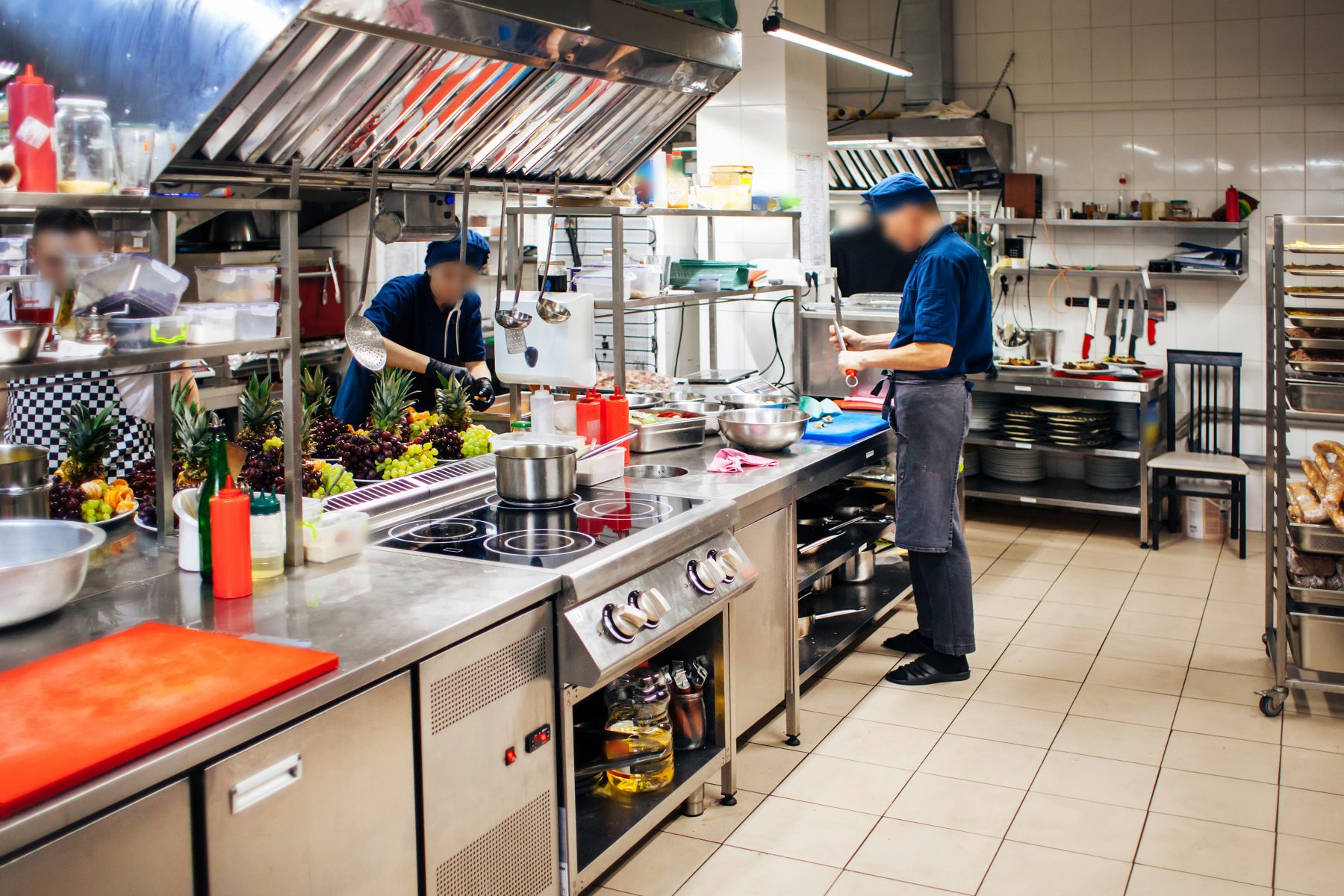1. Manage your suppliers – Where possible fix prices with suppliers/vendors for a period of time. This is particularly important for meats (your highest cost product). For seasonal produce such as fresh fruits and vegetables you could look to fix the prices with suppliers/vendors for 1 – 2 month periods.
2. Know what you’re selling – Are you offering a dish that is not selling? If so, take it off the menu immediately and replace it with different versions of your best selling dishes. Your customer will love you for it.
3. Know the cost of each dish – This will ensure you never sell a dish at a loss and that you are protecting your gross margin.
4. Know your sales mix – Accept that you are not going to make the same margin on each dish being sold. Understand that if you sell a steak your margin will be low (as its a high-cost dish). If you sell more pasta and chicken (low-cost dishes), your margin will be higher.
5. Frequent, accurate counting of your stock – You must undertake weekly or at least monthly counts (depending on how busy your operation is) of your stock and then calculate your gross margin. Don’t become that busy fool! This is why you are in business. Don’t neglect this task.
6. Monitor waste – It is vital that you are recording and monitoring your waste. Ensure that you incentivise good working procedures and practices around food waste with your staff so that they continue to record waste regularly and accurately.
7. Weigh your waste – Start weighing the leftover food on the plates when they return to the kitchen. This will show you what’s being wasted and from what dishes. It will enable you to tweak portion sizes and reduce your waste.
8. Use clear, non-coloured bin bags – It makes it easier to see what’s being wasted at a glance. Who wants to sort through black garbage bags?
9. Know your stock levels – Holding too much stock means you are tying up unnecessary cash flow. It often leads to extra waste, especially in perishable products.
General Rule of Thumb Reminders
Know your gross margin of each item – No margin, then don’t stock it and don’t sell it. Either reduce the cost, reduce the portion size or increase the price. Protect your margin.
Manage your waste – You must know – do I have a problem, what is causing that problem?!
Consider when the best time to carry out this evaluation of your profit margins is, we would advise to do this after you have carried out a stocktake of your full premises.
Start afresh, go forth and boost profits!



